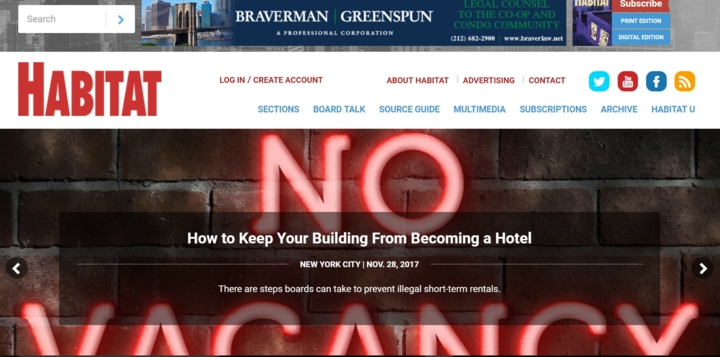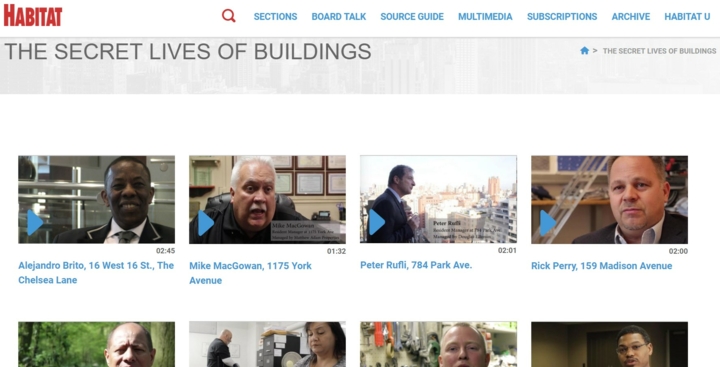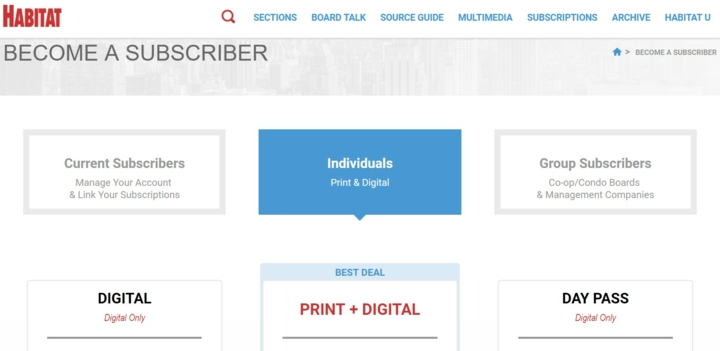Trade magazine sees huge jump in revenue by embracing digital opportunities
By: Lisa Manfield | November 29, 2017 | Case study
It’s not every day you hear about lucrative new revenue streams opening up for magazine publishers. In fact, most media outlets prefer to paint dark doomsday pictures when it comes to the future of magazines.
A recent article in the New York Times, for instance, eagerly illustrates all the bleak omens of an uncertain future, including title sales, belt tightening, a spate of departures among long-standing editors, a "try anything" approach to generating revenue (leading to many a questionable product extension), and an overall bleak financial outlook.
The article points the finger at the Internet for obliterating magazines’ monopoly on readers and the ability to sell audiences to advertisers, though it did include brief mention of some of the more innovative magazines that are exploring new digitally driven opportunities. It’s easy to miss the tiny bit of hope amidst all the doom and gloom.
Venturing beyond ad sales
But while mainstream media prefers its doomsday story, some magazines have, in fact, found success with new revenue channels and opportunities to develop new products that appeal to both their audiences and their advertisers online -- everything from sponsored content to paid syndication streams to micro paywalls. “If you just do ads, you simply can’t survive,” says Carol Ott, publisher and founder of New York-based Habitat Magazine.
Habitat, a 35-year-old New York-based publication for co-op and condo boards and residents, and a long-term Mugo client, has found that a little experimentation with new web-based revenue streams has enabled it not only to increase its ability to make money, but has turned its website into its most valuable revenue generator. “All the growth we have seen in the last year has been because of the website,” Ott says.
First, a long overdue site redesign
Habitat relaunched its website last year after a decade of small, incremental updates had hampered its ability to make use of the full complement of web capabilities needed to meet evolving reader and advertiser expectations.
Among obvious updates such as mobile responsiveness and easier editorial workflows, Habitat also needed drastic improvements to its subscription processes in order to be able to leverage its rich, historical archives and to be able to effectively service -- and upsell -- subscribers. It also needed multimedia hosting capabilities, and the flexibility to feature sponsored content throughout the site.
Sponsored content is the new display ad
With its new site, Habitat was able to start adding -- and selling -- video features. “One company bought a series of videos called The Secret Lives of Buildings,” Ott says, “about resident managers, doormen, etc., who had saved money for their buildings. We run them monthly, and can feature them on the homepage.”
Another sponsored video opportunity came with its annual survey of property managers. “As part of the survey, they tell us a story and we video it. We used the edited transcript in the magazine, and sold a produced version of the promo video online,” Ott says, adding, “we’ve always sold promotional opportunities around special features in the magazine. With the website, we’re willing to try things out and see if they work.”
And they have worked. The sponsored video content alone has grown to 33 percent of Habitat’s web revenue. And it’s led Ott to explore opportunities to act as a service provider -- creating custom content for industry suppliers that need help. “We’re a niche publication, so these aren’t ad agencies we’re dealing with,” Ott says. “We have an opportunity to help these companies with branding.”
Subscription sales skyrocket
While subscription sales have been on the decline for many magazines, that hasn’t been the case for Habitat, which has seen a 400 percent increase in subscription revenue over last year.
The secret to its success? Give subscribers control over their subscriptions online, make the process easier, automated, and integrated with its fulfillment provider, and give readers more digital options, like a digital day pass and access to its archives. “The number of subscribers is going up, and so is our subscription revenue,” says Ott. “Renewal rates are better too. We simply made it easier for subscribers and worked with our fulfillment house to streamline online processes.”
It’s a compelling story for a magazine that still considers itself print-centric. “Most of our time is still spent putting out the print product,” Ott says. “Our audience isn’t giving up print for digital. But I believe you need to be on many platforms, and we are making money on our website because we’ve done a lot of work to make it so.”







